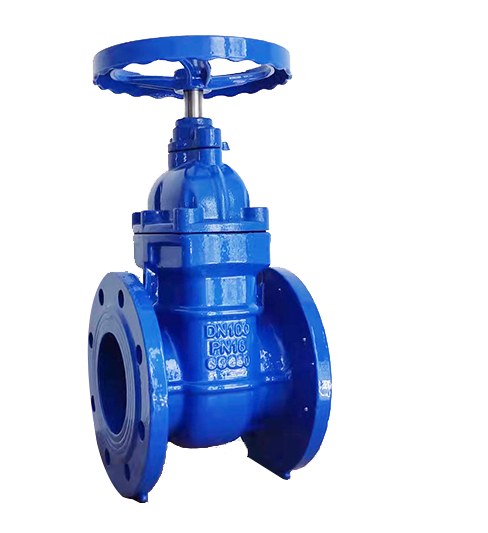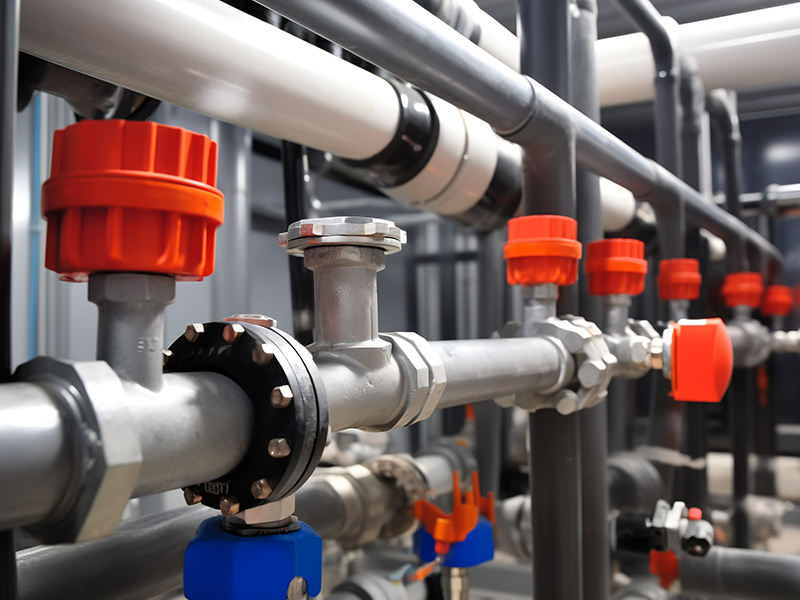Guidelines for the Use of Hard Seal Gate Valves: Several Issues to Pay Attention to
Release Time:
Jul 28,2025
Guidelines for the Use of Hard Seal Gate Valves

1. Correct selection:
Condition matching: This is the most crucial step. Suitable valve materials (valve body, valve cover, valve stem, sealing surface welding/spraying materials), pressure rating, temperature rating, and connection method must be selected based on actual working pressure, temperature, medium characteristics (corrosiveness, viscosity, presence of solid particles, particle hardness, susceptibility to coking and scaling, etc.).
Flow direction requirement: Clearly specify whether the valve is sealed in one or two directions. Most hard sealed gate valves are bi-directional sealed in the closed state, but certain special designs (such as single gate valves) may have flow requirements. Installation must be carried out according to the flow direction indicated on the valve (if any).
Operation mode selection: The operating torque of hard sealed gate valves is usually much greater than that of soft sealed valves, especially at the critical point of opening and closing. Select the appropriate operating mechanism (handwheel, gearbox, pneumatic actuator, electric actuator, hydraulic actuator) and ensure that its output torque is sufficient to overcome the valve operating torque (considering the torque under maximum pressure difference), while leaving a margin. When operating manually, it may be necessary to install a force lever or sprocket.
Structural form: Consider whether to choose a parallel gate or a wedge gate. Parallel type is usually more suitable for media containing solid particles, but may require a dual gate design to ensure sealing; Wedge seals have greater sealing force, but may become stuck under coking and scaling conditions
2、Standardized installation:
Cleaning the pipeline: Before installing the valve, it is necessary to thoroughly clean the welding slag, iron filings, oxide scale, mud and other impurities inside the connecting pipeline to prevent them from entering the valve chamber and damaging the precise hard sealing surface.
Flow confirmation: Install strictly according to the flow arrow (if any) marked on the valve body. For bidirectional sealed valves without flow requirements, there are usually no special restrictions on the installation direction.
Lifting and support: When lifting valves, special lifting rings or suitable parts on the valve body should be used. It is strictly prohibited to hang lifting devices on handwheels, valve stems, or actuators. Large valves should use lifting straps. After the installation of the valve, the upstream and downstream pipelines should be appropriately supported to prevent pipeline stress (gravity, thermal expansion and contraction, vibration) from being transmitted to the valve, which may cause deformation of the valve body, bending of the valve stem, or leakage of the packing.
Flange connection: Ensure that the flange sealing surface is clean and free of foreign objects; The gasket should be made of suitable materials and specifications, and placed in the center; The bolts should be uniformly and symmetrically tightened to the specified torque value to prevent leakage or flange deformation.
Operating space: Reserve sufficient operating and maintenance space for handwheels, handles, or actuators.
Handle with caution:
Slow opening and slow closing: When operating the valve (especially near the fully open or fully closed position), it should be done slowly (especially manually). Quick switching may cause severe friction, collision, and high temperature on the sealing surface, resulting in scratches, deformation, and even brittle cracking of the sealing surface, as well as damage to the valve stem threads or actuator.
Switch in place: Ensure that the valve is fully open or fully closed.
Fully open position: The gate should be fully raised above the valve chamber, completely detached from the flow channel, to avoid medium flushing the sealing surface and valve plate edge, reducing flow resistance and wear.
Fully closed position: Sufficient force (torque) must be applied to ensure tight contact between the gate and the valve seat sealing surface, forming an effective metal to metal seal. However, it is strictly prohibited to use the force lever to excessively close, as this can lead to:
Overloaded compression or plastic deformation of the sealing surface.
The gate is stuck in the valve seat and cannot be opened again.
The valve stem is bent or the thread is damaged.
Avoid operating in half open position: Hard sealed gate valves are absolutely prohibited from being used as throttling valves or running in half open position for a long time. When high-speed media flows through the narrow channel between the partially opened gate and valve seat, it will cause severe flushing and cavitation, quickly damaging the sealing surface and leading to valve failure.
Pay attention to pressure difference: When opening or closing a valve, if there is a large pressure difference before and after the valve, it will generate significant operating force. Ensure that the thrust/torque of the actuator is sufficient, and be extra careful when operating manually.
High temperature operation: For high-temperature valves, before opening in a cold state, if there is a medium in the valve chamber that has solidified or bonded, the pipe must be warmed up or other measures must be taken to loosen the gate to prevent damage to the sealing surface or valve stem caused by forced opening. Be careful to prevent scalding when operating high-temperature valves.





